Review Pottery Barn Alexandra Coffee Table Grey Wash
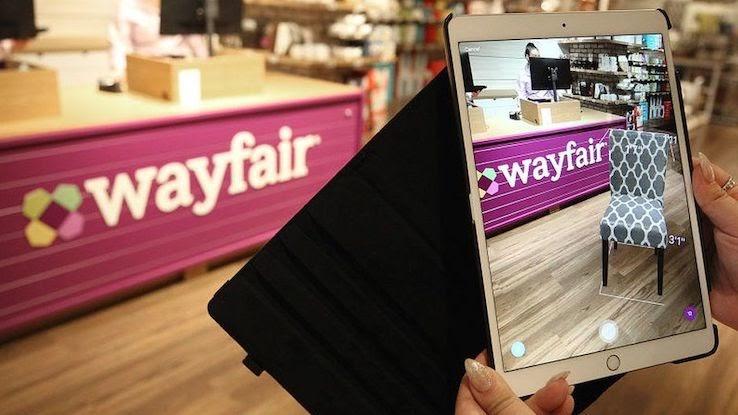
Pottery Befouled and Wayfair take competed confronting each other for consumers' decorating dollars since Wayfair was founded in 2002. Although Pottery Barn had been around since 1949, the company's leaders had to step up their game and their business organisation strategies to compete with the speedily rising e-commerce shop that was determined to accept over.
Today, both retailers offer quality, stylish furniture and home decor, and they both receive their fair share of praise — and criticism — from customers. Ready to explore what each of these companies has to offer? Let's take a deep dive into the details of the best overall shopping experience, products and costs. Pottery Befouled versus Wayfair — keep reading to make your option!
The Upscale Experience Offered by Pottery Barn
Pottery Barn was founded back in 1949 by Paul Secon and his brother, Morris, in West Chelsea afterwards Paul was offered a deal on three barns full of discontinued pottery made by a nearby factory. After acquiring the pottery, the brothers opened a shop to sell the collection and somewhen expanded into upscale pottery and other furnishings. The chain grew to seven stores under the brothers' ownership. Since the Secons sold out in 1968, Pottery Befouled has been owned by several different companies, including The Gap and the current owner, Williams-Sonoma, Inc.
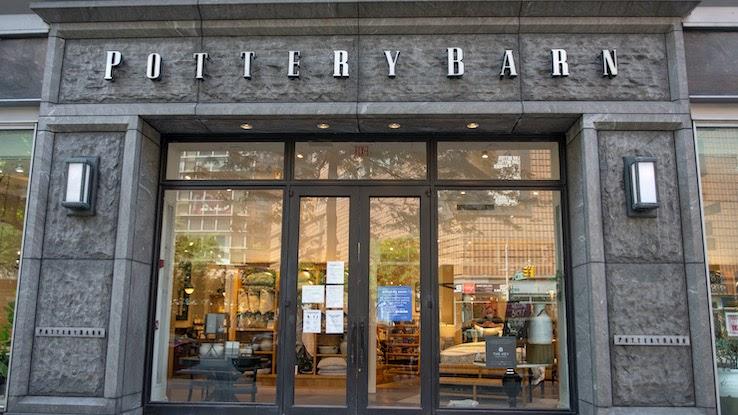
The chain currently has virtually 200 showroom locations featuring various home products and accessories, including furniture, bedding, decor and cookware. Additionally, sub-brands like Pottery Barn Teen and Pottery Barn Dorm provide trendy furniture and decor for younger age groups. Customers at Pottery Barn appreciate the ability to shop both in-store and online and take reward of flat-charge per unit shipping prices and design consultations for their homes. They tend to rave about the quality and comfort of Pottery Barn'southward furniture also as the flexibility of many styles to fit in tight spaces.
Shopping for Home from Home at Wayfair
E-commerce visitor Wayfair technically hit the scene in 2002 as a much smaller company, simply information technology now sells millions of items from more than eleven,000 global suppliers. It was founded by entrepreneurs Niraj Shah and Steve Conine, who first recognized a huge opportunity to sell stereo racks and stands online. Starting with simply a single website, the two somewhen created more than 250 standalone websites to sell various home furnishings, ranging from barstools to birdhouses. In 2011, they combined all the sites to create 1 major destination for home goods and named it Wayfair.
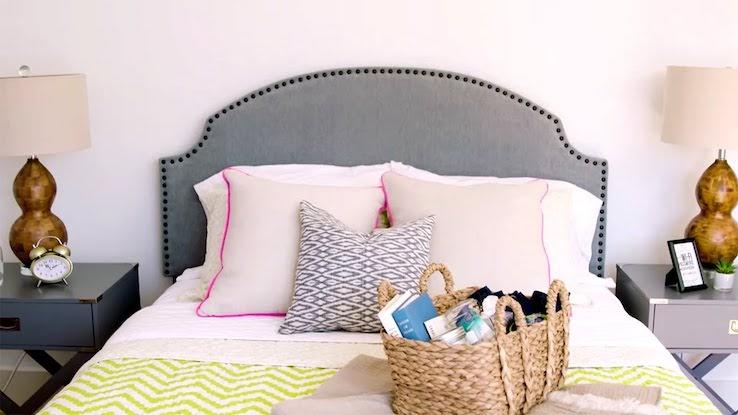
Today, Wayfair offers more than eighteen million products beyond 5 distinct brands: Wayfair, AllModern, Birch Lane, Joss & Main, and Perigold. The company opened its showtime full-service retail store in Natick, Massachusetts, in 2019, featuring products for the living room, chamber, bathroom and kitchen.
Customers often praise Wayfair for its huge inventory and variety of design options and colors for products made by brands like Serta, Ashley, AllModern and La-Z-Boy. The website allows people all over the country to order rapidly from the comfort of home, and the visitor ships replacement parts and missing items free of charge as long as the customer reports the problem with an order within 30 days.
Differences in the Shopping Experience
Although Wayfair now has a brick-and-mortar store, it evidently sells most of its items — fifty-fifty article of furniture and other big items — online. The potential problem with that format is customers tin't see and examine the effects before they purchase. Looking at photos on a website isn't the same thing every bit seeing and touching a real product. Because of that, customers don't always similar their purchases when they arrive and have to follow the steps for utilizing Wayfair'southward return policy.
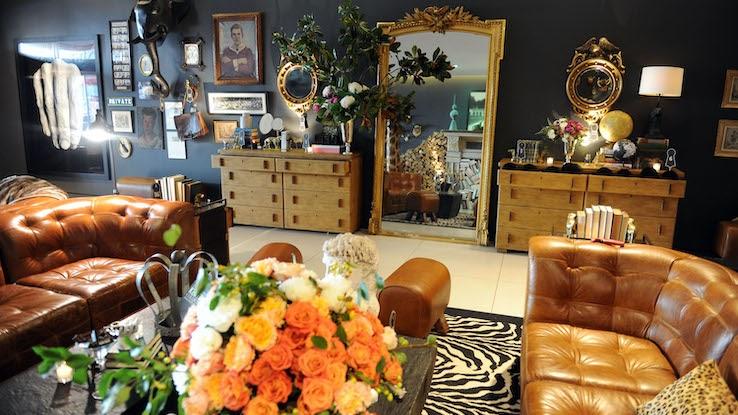
On the other paw, customers at Pottery Befouled accept the option to encounter and touch the piece of furniture and decor in person at one of the visitor's showrooms. The visitor also offers interior pattern services, providing advice by phone or email or in person at local locations (as allowed). These services are free and tin can help you figure out your mode too as teach you how to take proper measurements for your infinite.
Both companies offer dissimilar types of 3D room planners to help you see how the products would fit in a sleeping accommodation, living room or dining room. Most of the items from Wayfair require associates, either by the customer or via Handy.com for a fee. In fact, it has been reported that "fully assembled furniture" accounts for less than a 6th of the merchandise sold by Wayfair. Although Pottery Barn does sell some effects that require assembly, the company also has set up-made article of furniture that can be delivered right to your home. That's much more than user-friendly — and much less hassle — than putting furniture together yourself.
More Value for the Cost
Shopping at Pottery Barn and Wayfair comes with a few cons too. Both companies accept a limited 30-mean solar day window to return defective or unwanted products (for sure purchases), and neither visitor offers additional warranties on your purchases. If you choose a pop, ready-fabricated sofa from Pottery Barn, the company gives yous seven days to return it for a full refund. However, if you choose a custom upholstered sofa, it can't be returned unless it has a manufacturer'due south defect.
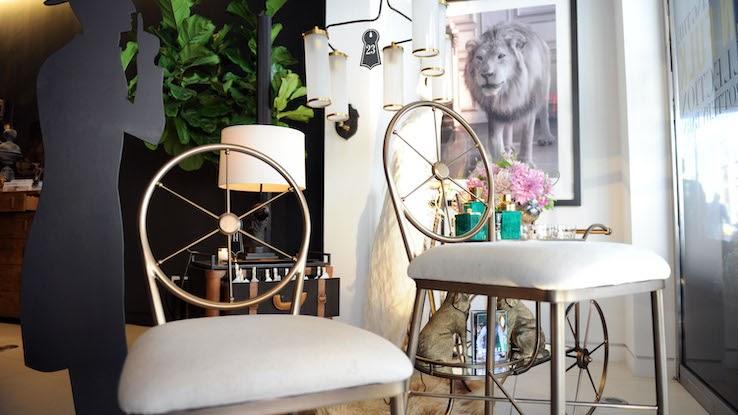
Overall, the cost for larger furnishings from Pottery Barn — rugs, sofas, etc. — can range from hundreds of dollars to thousands, depending on size, functionality and materials. The price range for similar large Wayfair products is oft significantly lower. Another large pro for Wayfair is the complimentary shipping offered by the company for orders that exceed $49, while Pottery Barn doesn't offer any costless shipping at all.
When it comes specifically to sofas, any sofa purchased from Wayfair is eligible for the company's Protection Plan. It costs extra, but it covers the cost of repair or replacement if the couch is unintentionally damaged.
Last Verdict: Pottery Barn or Wayfair?
While Pottery Barn may be preferred by those who similar to shop in person, Wayfair appears to have more pros than cons overall. Wayfair mostly sells online, meaning the company doesn't have to pay high costs for real estate and the overhead that goes with physical stores, and that allows them to keep their prices low. Although it'southward hard work to gather furniture and risky to purchase without seeing information technology in person, you really can't shell the prices and benefits that Wayfair offers.

boutonwatints1993.blogspot.com
Source: https://www.consumersearch.com/home-garden/pottery-barn-furniture-vs-wayfair?utm_content=params%3Ao%3D740007%26ad%3DdirN%26qo%3DserpIndex
Post a Comment for "Review Pottery Barn Alexandra Coffee Table Grey Wash"